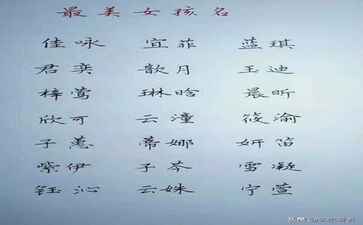南和縣致上皮革處理設施有限公司位于南和縣,南和縣致上皮革處理設施有限公司www.xsypw.cn經營范圍含:鋰電池、玩具球、花卉、運動箱包、家用電腦、賓館酒店用品、食用油、化妝品、茶葉、紡織(依法須經批準的項目,經相關部門批準后方可開展經營活動)。。
南和縣致上皮革處理設施有限公司為深入貫徹黨中央、國務院關于國有企業深化改革的重要決策,我們積極響應國資委的號召,致力于將企業發展壯大。為此,我們將繼續堅定不移地推動企業改革,調整并優化產業結構,合理配置各項資源,以增強企業的核心競爭力。同時,我們將全面提升企業素質,面向國內、國際兩大市場,勇往直前,向更高更遠的目標發起沖刺,為企業的可持續發展而努力奮斗。
南和縣致上皮革處理設施有限公司在發展中注重與業界人士合作交流,強強聯手,共同發展壯大。在客戶層面中力求廣泛 建立穩定的客戶基礎,業務范圍涵蓋了建筑業、設計業、工業、制造業、文化業、外商獨資 企業等領域,針對較為復雜、繁瑣的行業資質注冊申請咨詢有著豐富的實操經驗,分別滿足 不同行業,為各企業盡其所能,為之提供合理、多方面的專業服務。

南和縣致上皮革處理設施有限公司秉承“質量為本,服務社會”的原則,立足于高新技術,科學管理,擁有現代化的生產、檢測及試驗設備,已建立起完善的產品結構體系,產品品種,結構體系完善,性能質量穩定。
南和縣致上皮革處理設施有限公司是一家具有完整生態鏈的企業,它為客戶提供綜合的、專業現代化裝修解決方案。為消費者提供較優質的產品、較貼切的服務、較具競爭力的營銷模式。
核心價值:尊重、誠信、推崇、感恩、合作
經營理念:客戶、誠信、專業、團隊、成功
服務理念:真誠、專業、精準、周全、可靠
企業愿景:成為較受信任的創新性企業服務開放平臺

